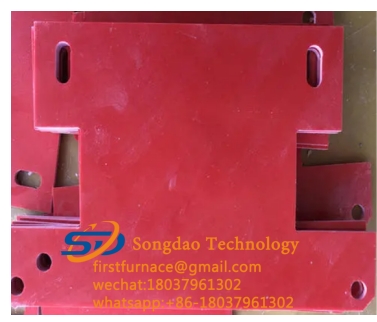- 08
- Feb
What are the production processes of hard mica boards?
What are the production processes of hard mica boards?
Hard mica boards are often used in daily life. Has excellent flexural strength and processing capabilities. It has high flexural strength and excellent toughness. It can be stamped into various shapes without delamination. It has excellent environmental protection functions, the mica board does not contain asbestos, and has less smoke and odor when heated, even smokeless and odorless. It is a kind of high-strength mica board data. When used at high temperature, the mica board can still maintain its original function. Widely used in the following fields: household appliances: electric irons, hair dryers, toasters, coffee pots, microwave ovens, electric heaters, etc.; metallurgical chemical industry: industrial furnaces, intermediate frequency furnaces, electric arc furnaces, injection molding machines, etc.
The mica board is made of muscovite or phlogopite paper, bonded by high temperature silicone resin and limited by baking. It has excellent insulation function and high temperature resistance, can be used for a long time at high temperature of 500-800℃, and has passed safety certification. It is a high-strength tabular data that retains its original function when used at high temperatures.
Mica boards are made of mica paper and silicone adhesive by bonding, heating and confinement. The mica content is about 90% and the silicone rubber content is about 10%. The main production process of hard mica board is as follows: (1) Select mica flakes or mica powder to clean and prepare for use; (2) Destroy the collected waste mica paper with a destructive machine; (3) Mix the damaged waste paper, mica flakes or powder with The binder is mixed in a certain proportion to make a mixture; (4) Bake the mixed mixture at 240±10°C until semi-dry; (5) Restriction: Pour the baked semi-dry mixture into the pre-installed mold evenly medium, lay flat, then put on fiberglass cloth, thin iron plate and backing plate in order, push into the press, then continue to bake at the same temperature as the mixture, dry for 5 minutes, release the pressure, and then vent once, After each exhaust, pressurize and bake again at the previous pressure, and then gradually increase the pressure to 40MPa.

